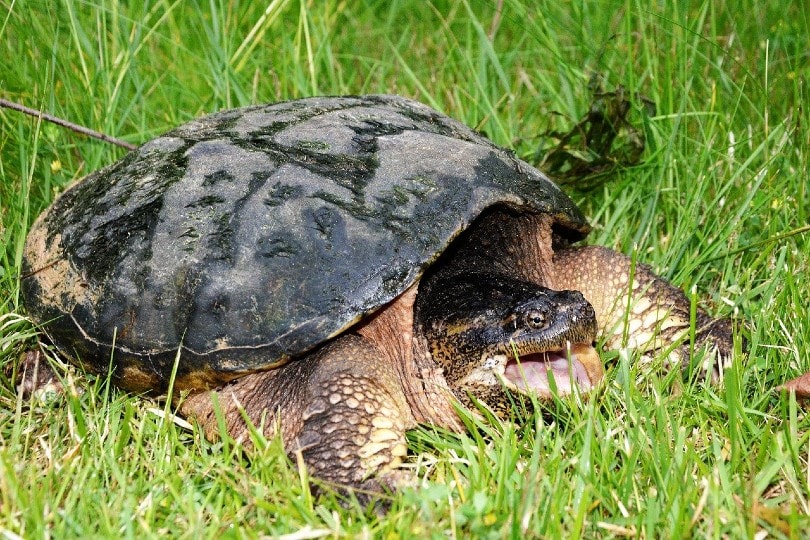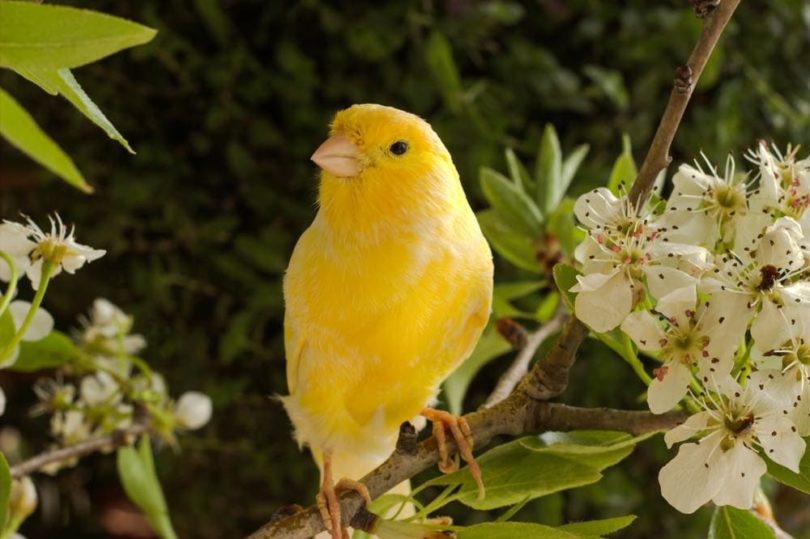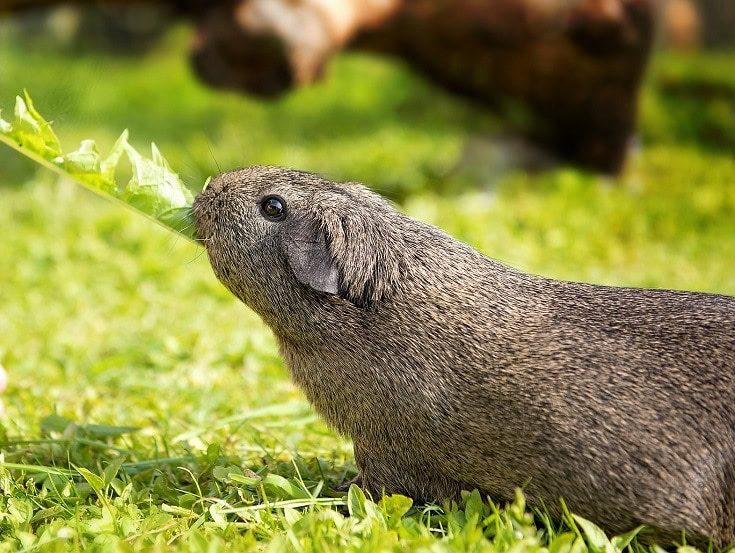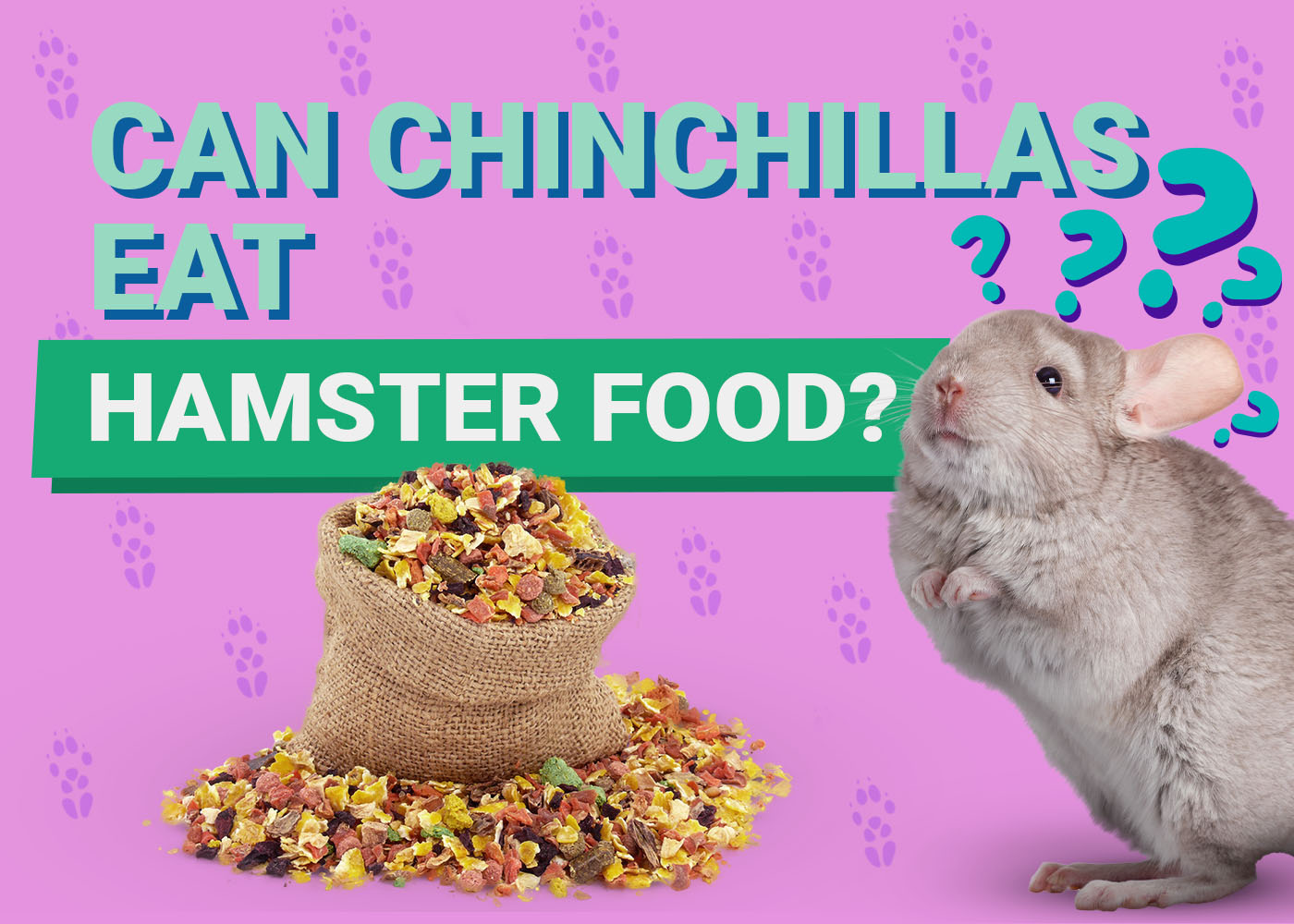VET APPROVED

The information is current and up-to-date in accordance with the latest veterinarian research.
Learn more »Click to Skip Ahead
Delightfully unique animals, snapping turtles can make wonderful pets for the right people. Weighing up to 35 pounds (around 16 kilograms), a full-grown snapping turtle feasts on a variety of foods. In the wild, snappers will dine on aquatic vegetation, fish, frogs, worms, beetles, and even the occasional small mammal.
So, what can you feed your pet snapping turtle that resembles their natural wild diet of flora and fauna? Here’s a list of what snapping turtles eat in the wild and as pets.

The 4 Main Snapping Turtle Food Sources
This article discusses the common snapping turtle (Chelydra serpentina), which is different from the alligator snapping turtle (Macrochelys temminckii). Alligator snapping turtles have been documented biting off human fingers and are considered vulnerable according to the IUCN and therefore, shouldn’t be kept as pets.1
The common snapping turtle, while not as dangerous as the alligator snapping turtle, is nonetheless a complicated species to care for in captivity. Ensure that it is legal to adopt one where you reside and that you have the time, resources, and available expertise of a reptile veterinarian before choosing to adopt one. This decision shouldn’t be rushed, as these turtles need considerable space as adults (like an outdoor pond) and may live for several decades.
You should never adopt a wild-caught animal or release a pet into the wild. Both actions are considered unethical, as they massively disrupt local ecosystems.
1. Worms
Although it may seem gross to you, slimy worms are one of a snapping turtle’s favorite meals. They can safely snack on worms in your home and in their natural habitats. You can pick up mealworms at your local pet store or online. Consider buying worms at a fishing bait shop too. Alternatively, you can raise them yourself.
Insects fed to your pet should be gut-loaded a day or two before being offered to them. They should also be dusted with a supplement powder. The frequency of this dusting should be discussed with your veterinarian, as recommendations will change based on several factors involving your turtle’s husbandry and age.
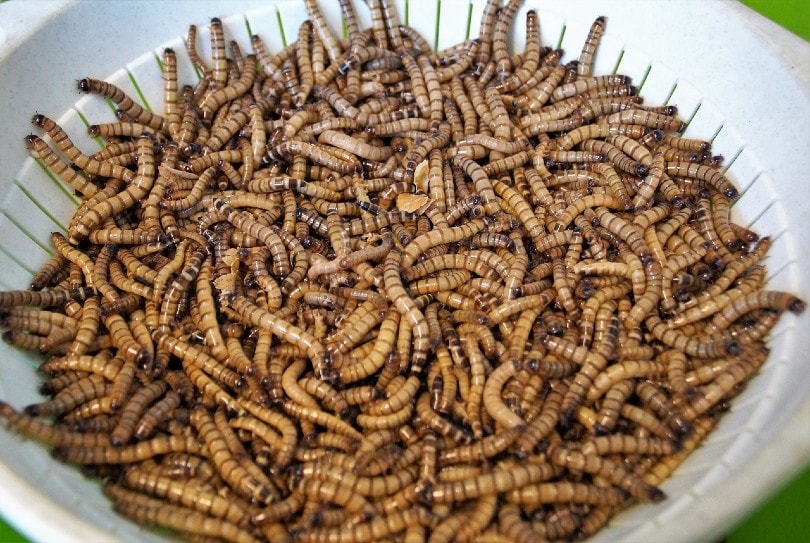
2. Minnows or Other Small Fish
Wild snapping turtles love spending their days sunning themselves on rocks, snoozing, and catching delicious minnows. The inclusion of fish in a pet turtle’s diet is considered controversial. Feeder fish are often bred en masse and often carry multiple diseases (such as parasites), which they can pass onto your pet. They may also contain thiaminase, an enzyme that can cause vitamin B1 deficiency if fed in excess. Some fish, such as goldfish, have exceptionally high levels of thiaminase.
Furthermore, unlike insects, fish cannot be gut-loaded or dusted with powder to improve their nutritional yield. Some countries are introducing legislation that may prohibit the use of feeder fish. Ultimately, this is a decision that requires careful consideration and perhaps input from your veterinarian.
3. Crickets
Another insect that snappers would opportunistically consume in the wild and as pets is a cricket. Much like worms, crickets are easy to maintain at home, and likewise, they should be gut-loaded before they are offered to your pet. The potential downside to crickets is that they chirp and are considered a nuisance by some (worms don’t make noise).
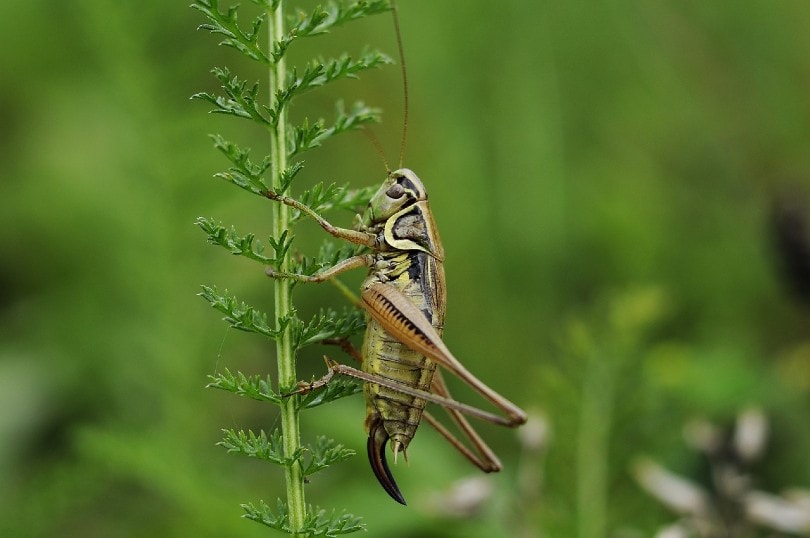
4. Veggies
Vegetation can comprise about 65% of an adult wild snapping turtle’s diet. While wild snappers dine on algae and wild plants, your pet turtle can enjoy household leafy greens. Celery, lettuce, and carrots all make great foods for pet snapping turtles. Alternatively, if your pet resides in your backyard pond (a recommendation for most adults), they can spend their days grazing on the algae and plants in your pond.

How Much Should You Feed Your Snapping Turtle?
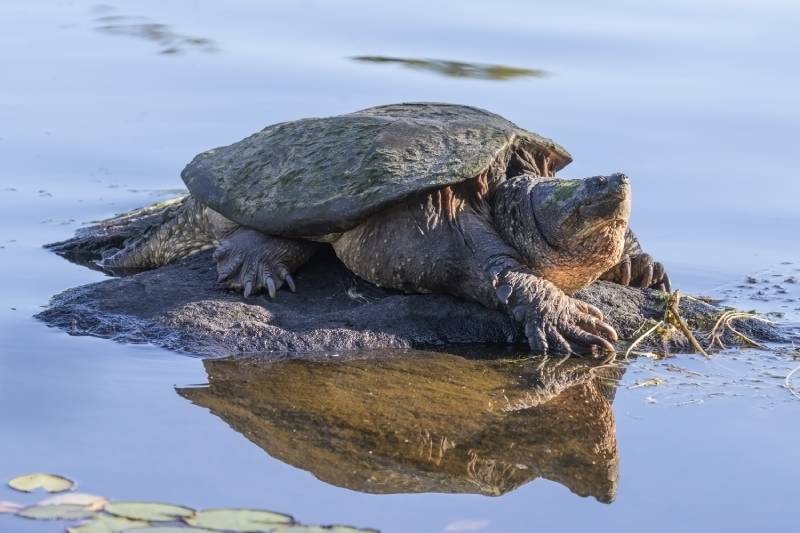
The amount of food you offer your turtle will depend upon several factors.
- Their age: Young turtles generally eat more frequently. Snapping turtles are considered “young” for a considerably longer period of time than most other pets, as sometimes they may take over a decade before attaining sexual maturity.
- The environment: For outdoor pets in a secure garden, the seasonal changes impact their metabolism and nutritional needs. Indoor pets are also affected by seasonal changes but to a lesser degree.
- Their health: A healthy, relatively inactive adult snapping turtle has different nutritional requirements than an individual that is brumating (hibernating) or one that is reproducing. Females have different requirements for egg laying.
Other factors also play a role in your pet’s nutritional needs. These include their underlying health conditions, hormonal profile, sex, and the nutrition that they’ve received for the past week or so. It is therefore important to discuss your pet’s nutritional needs with your veterinarian.
Keep in mind that trying to “play it safe” and overfeeding your turtle is just as detrimental to their health as underfeeding them. Almost every nutrient that turtles require in their diet can have negative effects on their health and immunity if offered in excess.

Final Thoughts
Snapping turtles are omnivores and consume both plants and animals. Snappers eat small prey, crickets, worms, and leafy greens in both the wild and as pets. It’s important to feed your snapping turtle a diet that you’ve discussed with your veterinarian, as they have unique nutritional requirements when kept as pets.
See also:
Featured Image Credit: Scottslm, Pixabay
